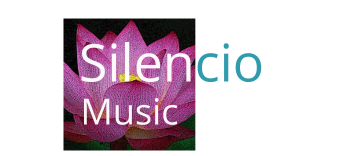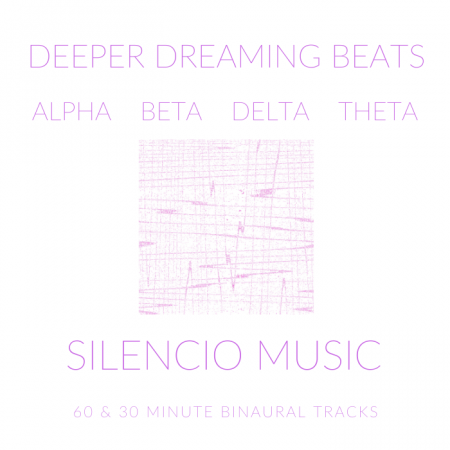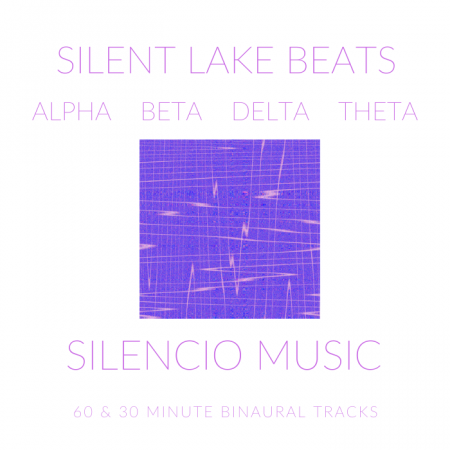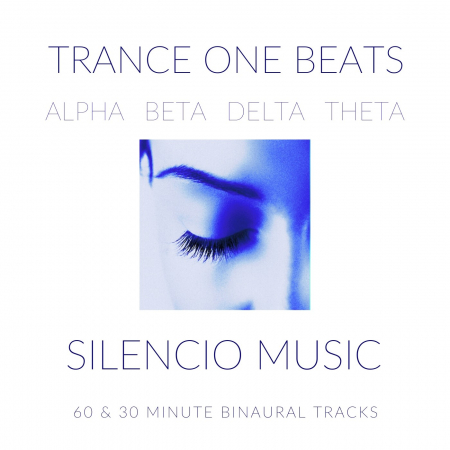How Music Can Heal the Mind
Music has long been a companion to humanity—through celebrations, heartbreaks, daily rituals, and sacred ceremonies. But beyond entertainment or tradition, science is increasingly validating what many have intuitively known: music has the power to heal the mind.
The Science Behind the Sound
When we listen to music, our brains light up. Studies using MRI and PET scans show that music activates multiple areas of the brain simultaneously, including those responsible for emotion, memory, and even motor control. This broad activation is part of why music can have such a profound psychological effect.
For example:
Dopamine release: Music can trigger the brain’s reward system, releasing dopamine—the same chemical involved in pleasure and motivation.
Stress reduction: Slow-tempo or classical music can reduce cortisol levels, lowering stress and anxiety.
Pain management: Music therapy has been shown to reduce perceived pain in patients undergoing surgery or cancer treatment.
Music and Mental Health
Music is now being used as a complementary tool in treating conditions like:
Depression: Listening to or creating music can lift mood and reduce symptoms of depression, especially when combined with other therapies.
Anxiety: Calming music helps regulate breathing, lower heart rate, and promote relaxation.
PTSD: Music therapy, especially drumming and improvisation, is used to help individuals process trauma and reconnect with their bodies and emotions.
Music as a Memory Trigger: For individuals with Alzheimer’s or dementia, music can be a bridge to the past. Familiar songs can unlock memories, evoke emotions, and even bring about moments of clarity. This phenomenon, often called the “reminiscence bump,” demonstrates how deeply music is woven into our personal histories.
Active vs. Passive Listening
Healing through music doesn’t always mean sitting quietly with headphones. There are many ways to engage:
Active music therapy: Involves singing, songwriting, or playing instruments.
Passive music therapy: Involves listening to music with guidance from a therapist or in a therapeutic setting.
Everyday listening: Creating personalized playlists that match or improve your mood can be a form of daily self-care.
Finding the Right Tune
Not all music has the same effect on everyone but in general the most healing music tends to be:
Personally meaningful
Positive in tone
Matched to your emotional state (sometimes starting with a sad song can help validate feelings before transitioning to more uplifting tracks)
Final Notes
Music is more than background noise—it’s a form of emotional medicine. Whether you’re dealing with stress, recovering from trauma, or simply seeking balance, music offers a safe, accessible, and powerful path toward healing.
So the next time you press play, know this: you might be doing much more than enjoying a tune—you might be healing your mind.
Our Philosophy
At Silencio Music we have worked with hypnotherapists and therapists from other modalities to try to create an audio resource of the highest quality. Please let us know if you have any queries or suggestions – we are always looking for ways to improve our understanding and to make better music for hypnotherapy & hypnosis products.
















Leave a Reply
Want to join the discussion?Feel free to contribute!